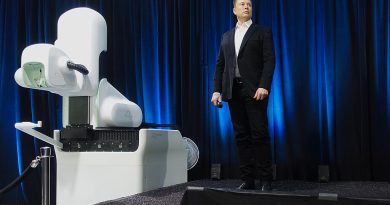How to Back Up Your Digital Life: A Complete Strategy
Imagine for a moment that your laptop is stolen or your phone suffers a catastrophic failure. What would you lose? Years of family photos, critical work documents, your entire digital music library, and countless other irreplaceable files. The sinking feeling in your stomach just thinking about it is real.
Data loss is not a matter of if, but when. Hard drives fail, devices get lost, and ransomware attacks can lock away your entire digital life in an instant.
A single backup is not enough. To be truly protected, you need a comprehensive, multi-layered strategy. The gold standard in the data protection world is a simple but powerful concept called the 3-2-1 Rule. We’re going to break it down for you, step-by-step, to help you build a bulletproof backup plan.
The 3-2-1 Backup Rule: Your Digital Fortress
The 3-2-1 Rule is simple to remember and is the foundation of a truly resilient backup strategy. It means:
- 3 total copies of your data.
- 2 different types of local media.
- 1 copy stored off-site.
Let’s look at how to implement this in the real world.
Your First Copy: Local Backups (The “3” and “2”)
This is your first line of defense. A local backup is fast, easy to access, and perfect for recovering from a simple hardware failure or accidental file deletion. This satisfies the “have 3 copies” (your live data + two backups) and “on 2 different media” (your computer’s internal drive + an external drive) parts of the rule.
For Your PC or Mac:
- The Tool: An external hard drive (HDD) or external solid-state drive (SSD). An external HDD offers more storage for less money, making it ideal for large backups.
- How to do it (Mac): Apple makes this incredibly easy with Time Machine, which is built right into macOS. Plug in your external drive, go to System Settings > General > Time Machine, and select the drive as your backup disk. It will automatically back up your entire system every hour.
- How to do it (Windows): Windows has a built-in tool called File History. Go to Settings > Update & Security > Backup > Add a drive. Select your external drive. This will back up all the files in your main user folders. For a full system image, you can use the older but still functional “Backup and Restore (Windows 7)” tool found in the Control Panel.
For Your Smartphone (iPhone & Android):
Your phone automatically backs up most of its critical data (contacts, calendars, etc.) to iCloud or your Google Account. The main concern is your photos and videos. Ensure this is turned on.
- For iPhone: Go to Settings > [Your Name] > iCloud > Photos and make sure “Sync this iPhone” is turned on.
- For Android: Open the Google Photos app, tap your profile icon, and go to Photos settings > Backup to ensure it’s active.
Your Second Copy: Off-Site Cloud Backup (The “1”)
A local backup is great, but it won’t protect you from a fire, flood, or theft that affects your entire home. For true peace of mind, you need one copy of your data stored in a different physical location. This is the “1 off-site copy” part of the rule, and it’s best handled by an automated cloud backup service.
This is NOT the same as Dropbox or Google Drive. Services like Dropbox are for syncing files, not backing them up. If you delete a file from your computer, it gets deleted from Dropbox, too.
A true cloud backup service is different.
- The Tool: A dedicated “set it and forget it” cloud backup service like Backblaze or iDrive.
- How it works: You install a small application on your computer. It then runs in the background, automatically and continuously encrypting and uploading your entire computer’s data to its secure cloud servers.
- Why it’s essential: In a true disaster where your local computer and your local backup drive are both destroyed, this off-site copy is your lifeline. You can simply log into your account from a new computer and restore all of your files.
Putting It All Together: An Automated Plan
A backup strategy only works if it’s automatic. By combining an external drive for local backups with a “set it and forget it” cloud backup service, you can create a powerful, multi-layered system that runs continuously in the background.
It might seem like a lot, but spending a bit of time and money on a proper 3-2-1 backup strategy today is one of the best investments you can make. It’s the difference between a minor inconvenience and a digital catastrophe.




